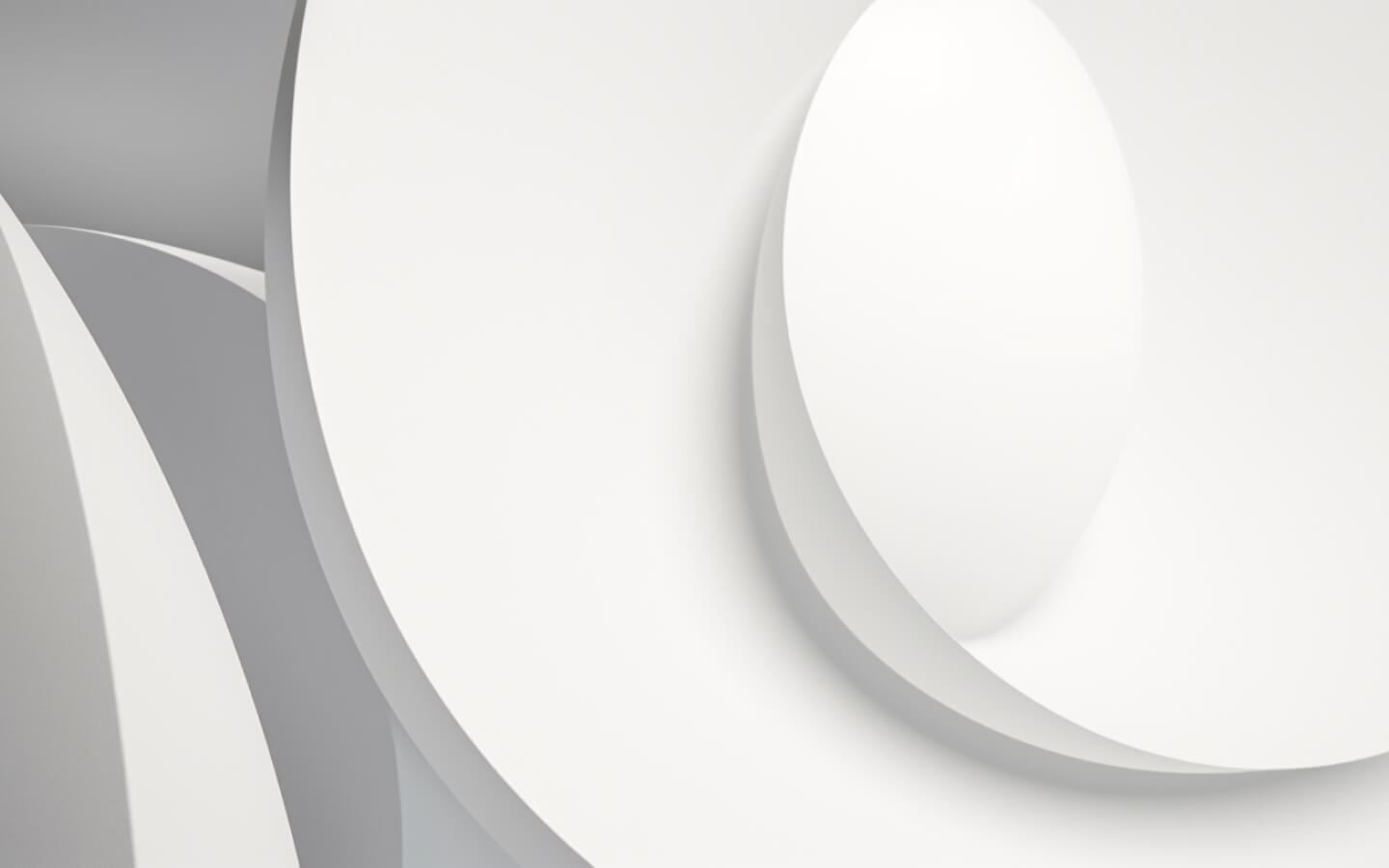About two years ago, I was sitting on the Red Line on the Boston subway staring blankly out the windows when I saw something I had never seen during any of my subway commutes. Against the wall of the tunnel that I currently was traveling through, was what seemed to be a video of an orange unpeeling itself and then having a straw stuck into it for a person to drink out of it. I quickly realized that this was actually an advertisement for Tropicana orange juice and what I thought was a video was actually a complex version of flip book. As my subway car traveled through the tunnel, I was actually looking at a number of mounted, backlit pictures, that put together made it seem like I was watching a commercial. I was both entertained and amazed by this advertising medium. Since then, I expected to see many different advertisements of this type during my daily commute. Surprisingly, I have only seen a few examples of this medium in that time span.
Interested in this type of advertisement medium and impressed that after two years I still can recall this specific advertisement, I started to try to figure out why more brands were not taking advantage of tunnel advertising in the Boston market. I soon found that Boston was not an exception and this advertising is occurring in many major cities’ subway systems around the world.
There are definitely pro’s and con’s to using this type of advertisement.
Pros
- A brand has a captive audience for their advertisement. Commuters are literally stuck on the subway until the next stop.
- Unlike billboards, there is no danger of distracting commuters with moving imagery while driving.
- There are limited competing advertisements. While subways have in-car advertisement, they pale in comparison to the imagery and engagement that a tunnel advertisement can provide.
- The advertisement will be seen by thousands of people on a daily basis and for most of the commuters, it will be seen multiple times.
- According to an Exinde Adworth study, 90% of people remember a subway tunnel advertisement. A TAB study goes even further to state that 50% of people remember the advertisement even months after seeing it.
Cons
- Tunnel advertising tends to be expensive. To create the video effect, advertisers must produce a large number of backlit images. These images have to be frequently maintained to ensure that they can be seen clearly and there is no break or error in the advertisement.
- Due to lack of noise and the brief amount of time that an advertisement is shown, there is a limit to actual messaging that can be used, besides imagery.
- Due to the frequency that some commuters will see the advertisement, effectiveness without over-saturation allows for each advertisement to only be seen for a small period of time.
- With so many people commuting on subways, advertisements have to be able to reach a wide range of demographics and it makes it difficult to cost effectively target specific consumers.
After reviewing the pros and cons, the use of the subway tunnel advertising really only makes sense for a select group of brands, but can be effective if used correctly. Brands need to identify if this medium of advertising works and is worth the cost and impact for their campaigns. I hope to see more examples of this medium in the future to break up the monotony of my daily subway commute, as well as, add some much needed funding to the Mass Transit Authority to help bring down fares. Have you seen any of these subway tunnel advertisements recently?
Curious about the power of experiential marketing? Learn how our Experiential Marketing Agency can help you.


